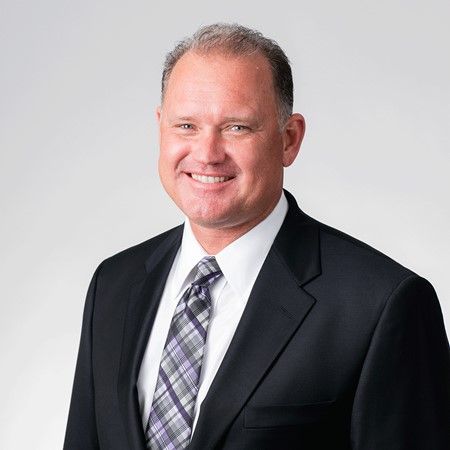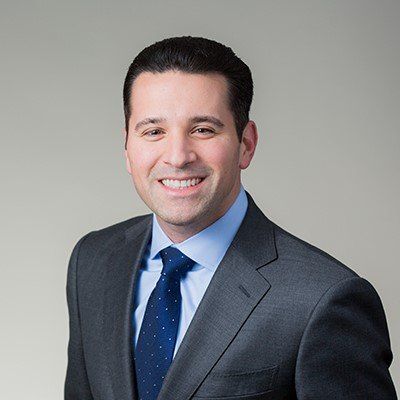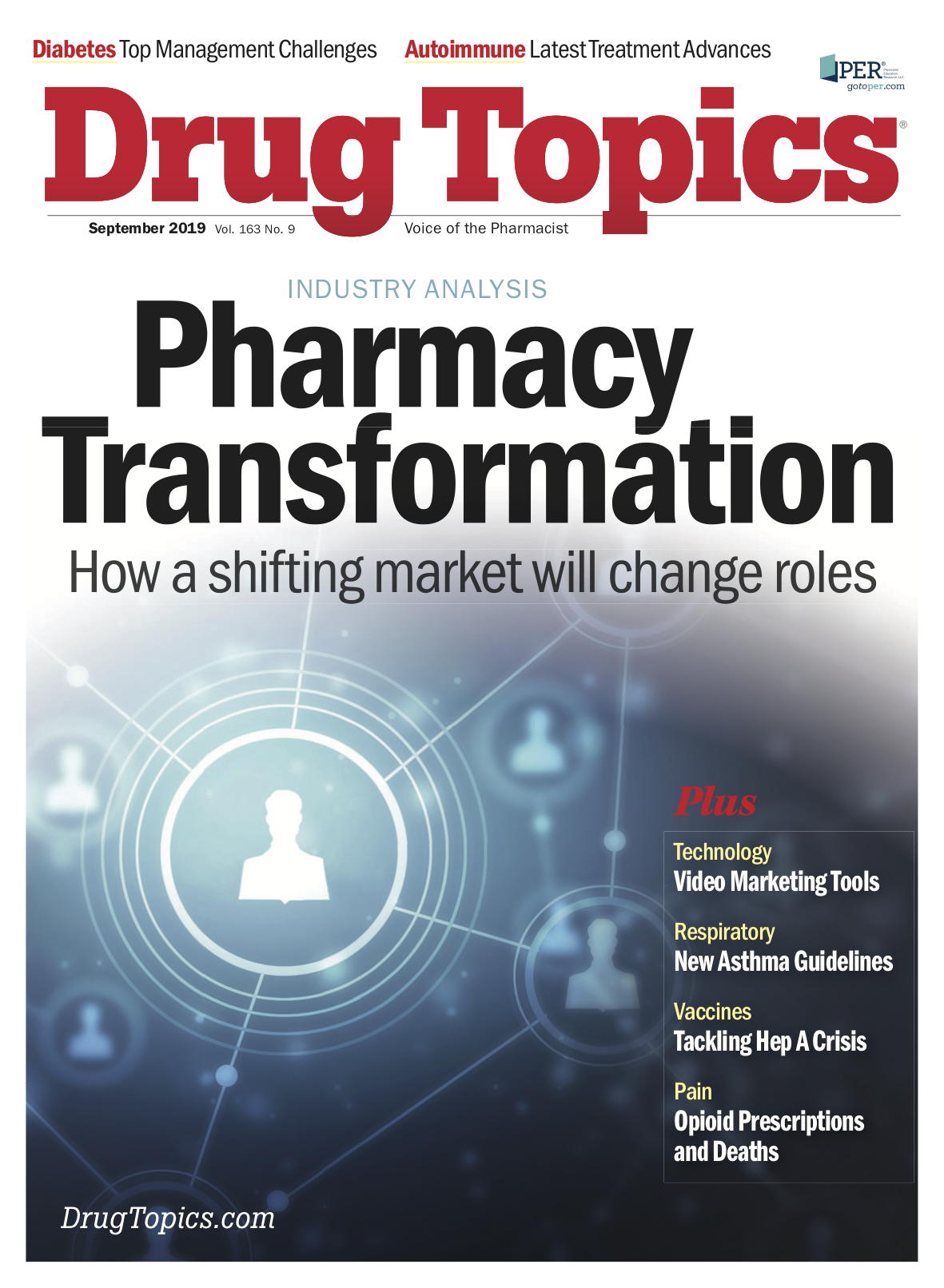Supporting the Value of Independent Pharmacy and Pharmaceutical Care
Independent pharmacies differentiate with service and high-touch care.

Brian Nightengale

Rich Tremonte

In a competitive industry, businesses that are able to differentiate themselves are able to make the biggest impact. This is particularly true within the pharmacy setting, as industry-wide prescription volume has experienced a 0.4% decline over the past year. However, members of Good Neighbor Pharmacy, a network of more than 3,000 independent community pharmacists, and its PSAO, the Elevate Provider Network, have reported 2.4% year-over-year growth in prescription volume. That compares to a 0.3% loss for non-Elevate independents for the 12 months ending in May 2019.
The numbers come from pharmaceutical data specialists at IQVIA. And they support AmerisourceBergen’s long-time commitment to independent community pharmacy.
“Independent community pharmacy is thriving because they have a unique niche within the retail pharmacy market by providing something very different than the larger pharmacy organizations,” says Brian Nightengale, president of Good Neighbor Pharmacy and senior vice president of Community and Specialty Pharmacy at AmerisourceBergen.
“Independent pharmacies provide a higher touch, higher level of service, more point-of-care testing, more immunizations, more adherence support, and more clinical services. One of the most important things we can do at AmerisourceBergen is help independents tell that story more widely because there are many players that still have the view that a pharmacy is a just pharmacy. We know better.”
Trending: 7 Pharmacy Places to Go on Your Summer Vacation
The often-unrecognized reality is that independent pharmacies serve higher-cost, more complex patients who choose the high touch personalized experience over mass market alternatives. In fact, in discussions with one major health plan, their data revealed that their most costly patients frequently choose Good Neighbor Pharmacy pharmacies.
“The plan’s question to us, which is very encouraging, was is there something we can do together with Good Neighbor Pharmacy to help move the needle in improving our members’ overall health, which would, in turn, lower the cost to us as a payer? The answer is absolutely YES. Getting that story out to payers, legislators, state insurance commissions, and other stakeholders is absolutely vital for independent pharmacies.”
That advocacy and support task is becoming more streamlined with continuing consolidation in healthcare, Nightengale says. When payers are narrowly focused on pharmacy, hospital, office visits, surgery, and other coverage siloes with high patient turnover, each plan wants only to reduce its own spend. None have responsibility for the overall cost of care. As insurers, PBMs, manufacturers, and other players consolidate, these merged organizations are becoming responsible for the total cost of care. Independent community pharmacists are among the few providers who can help.
“Pharmaceutical care continues to be the most accessible and efficient form of health care in the country today,” says Rich Tremonte, Executive Vice President and President, Community & Specialty Pharmacy at AmerisourceBergen.
“Pharmaceutical care still makes up only 10 to 15% of all healthcare spend in the United States and we don't see that going up anytime soon. The independent pharmacist plays a critical role in helping patients navigate through their healthcare choices. And knowing that adherence goes down as the out-of-pocket cost of a drug goes up, independent pharmacy becomes even more important as drug costs rise. Nobody has the time, the tools, or the experience helping patients understand the importance of adherence like an independent pharmacist.”
And no other care provider has patient access like an independent pharmacist. The typical patient sees a pharmacist ten times more often than a medical provider, Nightengale notes.
At the same time, providers are increasingly responsible for patient outcomes under value-based reimbursement programs. That responsibility gives providers a positive incentive to work more closely with pharmacists to improve adherence, reinforce lifestyle changes, encourage physical activity, and support other wellness initiatives that contribute to improved outcomes. But, before providers can engage with independent pharmacists, they must recognize the value the partnership can bring.
AmerisourceBergen also advocates for independent community pharmacy with manufacturers, suppliers, and other partners across the supply chain.
“We are in the middle,” Tremonte says, “the bridge between our customers and our suppliers. And when we work with customers, the first thing they want to know about is product, our manufacturers partners, sourcing strategy, reimbursement.”
Read More: 10 Ways to Reduce Administrative Costs
Connecting the “buy side” and the “sell side” gives our pharmacy customers insight that they haven’t had in the past. And it gives the rest of the supply chain similar insight into the potential that independent community pharmacy offers.
“Getting that story out to prescribers, payers, legislators, policy makers, the supply chain, and to patients themselves is key,” Nightengale says. “Patients choose to go to an independent, and they can’t choose a pharmacy they don’t know about. They have to know that there are personalized services they can get from that local pharmacy that they might not be able to get at a larger outlet. Supporting independent community pharmacy starts with amplifying their voice and helping them share their stories.”
